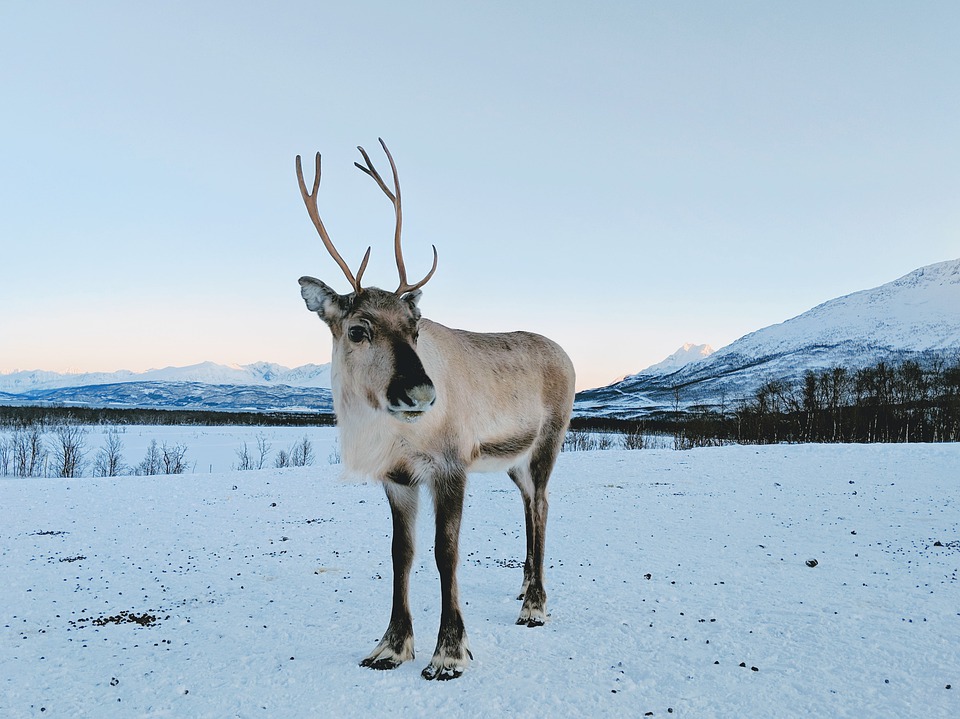16 July 2020
Anthrax, a cool band name but devastating to reindeer
Posted by Shane Hanlon
This is part of a student blog series as part of the University of Pittsburgh’s Disease Ecology Class that our own Shane M Hanlon is currently teaching. Find out more about the series and read all the posts here!
By Nikolai Makhov
Anthrax, also known as Bacillus anthracis, is a gram-positive bacterium that has a very high fatality rate up to 80% when inhaled. This deadly bacterium is now a yearly ticking timebomb in northern Russia every summer, devastating the local wildlife and spreading to humans. The bacterium resides in the permafrost, sleeping in its icy tomb until summer comes, allowing it to seep out into the environment. The passage of time doesn’t affect Bacillus anthracis, as bacteria can survive encased in ice for thousands of years, patiently awaiting its time to reawaken. Multiple outbreaks in the 20th century have taken the lives of more than a million reindeer, only leaving infected carcasses to be buried into icy prisons, hopefully never to see the light of day again and repeat this devastating cycle. With the trend of global warming the current efforts to quench this crisis is in vain. When the yearly trend reveals what is beneath the ice during the hot summer time, only Hades knows what is buried in the deepest parts of this icy underworld.
Individuals get sick when Anthrax spores get into the body, either though the lungs or physical contact. The bacteria then multiply and spread through the body just as a cold breeze seeps into your bones. Once spread enough with a great amount, the bacteria produce toxins that cause severe illness. Symptoms quickly appear as ulcers with a black center on the skin, as the most common form of anthrax cases.
Cases such as this is like opening “Pandoras box”, where over all of the world viruses and bacteria reappear like a forgotten nightmare. Anthrax is able to be spread from animals to humans, and when over the course of a century a stampede of a million reindeer have fallen, precautions need to be taken to observe the repeating trend of disease reappearance. We need to begin to prepare for a yearly assault out of the frozen blue, and understand the consequences of the environmental impact on the spread of disease. Let not the reindeer that crossed the river Styx pass on in vain, only to graze upon Asphodel Meadows that hide a terror underneath. Source: Anthrax Outbreak In Russia Thought To Be Result Of Thawing Permafrost










 The Plainspoken Scientist is the science communication blog of AGU’s Sharing Science program. With this blog, we wish to showcase creative and effective science communication via multiple mediums and modes.
The Plainspoken Scientist is the science communication blog of AGU’s Sharing Science program. With this blog, we wish to showcase creative and effective science communication via multiple mediums and modes.